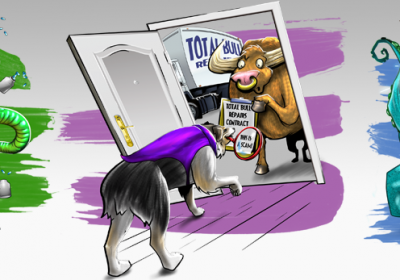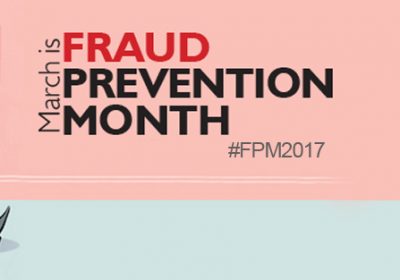- Stats: 1546 0
- Author: Linda
- Posted: March 14, 2019
- Category: Fraud and Scams
Counterfeit Merchandise
Consumers shopping online should be wary not to fall victim to counterfeit goods. Counterfeiters have become proficient in producing websites that have the same look and feel as the legitimate manufacturer. These products are sold at extreme discounts, albeit, are far inferior and in many cases, could pose significant health risks to consumers. For example, counterfeit jackets have been found to contain bacteria, fungus and mildew.
Consumers should do their due diligence and thoroughly research a website prior to making a purchase. Confirm that you are dealing with the actual manufacturer and look for any warnings posted online. Some common flags may include; no confirmation email, no customer phone number or email listed online, differentiating merchant accounts, transaction currency, product packaging, quality of product, online spelling errors, and many more.
Warning signs – How to protect yourself
- Be wary if a product is listed below the normal retail price – if it seems too good to be true, it probably is.
- Use a credit card when shopping online. You may be eligible for a refund!
- Inspect the website thoroughly. Often counterfeit web sites will contain grammatical errors.
- Online manufacturers generally use their own company email account. If a web based email like Gmail, Hotmail or Yahoo is listed on the website under their contact details, this is a huge red flag and further research is recommended.
- Upon delivery, inspect the quality of the product. If you notice any discrepancies, contact the manufacturer.
Deceptive Marketing of Counterfeit Goods – ‘Project Chargeback’
Intellectual Property (IP) Crime involving the deceptive marketing of counterfeit goods continue to pose a significant threat to the economic integrity of Canada. Fraudsters are spoofing legitimate retailers’ websites such as Canada Goose, Ugg Boots, Lululemon, Arcteryx, Michael Kors, Coach and many more. Fraudsters have become proficient in producing websites that have the same look and feel as the legitimate manufacturer.
In 2011, the Canada Anti-Fraud Centre (CAFC) started receiving a small number of complaints from Canadians reporting that they had been deceived by spoofed websites selling counterfeit or questionable goods. Subsequent follow up with some of the intellectual property holders found that there are thousands of fraudulent businesses selling counterfeit merchandise on the web.
In response to these complaints, the CAFC developed a novel, effective and uniquely Canadian approach to combatting counterfeiting and Intellectual Property Protection. The first of its kind in the world, “Project Chargeback” is a collaboration between the CAFC (run by the Royal Canadian Mounted Police), credit card companies and banks who work together to reimburse victims of online fraudsters and then close counterfeit retailers’ accounts, making it impossible for them to conduct their activities online.
Canada is the first country to have such a program that works to shut down counterfeiters and protect IP in this way. The Chargeback Program has existed since 2012 and in the last 12 month period, registered more than 10,000 confirmations where a chargeback was initiated and a victim was reimbursed. Since it began, the CAFC has identified over 5,000 merchant accounts world-wide linked to counterfeiting, fraud and IP theft.
The chargeback process begins when a consumer files a complaint with the CAFC providing information including details of the goods (usually by submitting a photograph), website address, date and amount of purchase. The CAFC then confirms, with the help of right-holders, that the goods are not authentic and relays the information to the credit card company and issuing bank to assess, and then initiate a chargeback or reimbursement. This typically results in the termination of the merchant account used by the website to process payments. Also, victims are instructed not to return the counterfeit merchandise to the seller. By not returning the item, the seller subsequently loses the cost of the product and is unable to re-victimize someone else with the same item.
The CAFC also recommends the following:
Warning signs – How to protect yourself
- Consumers should do their due diligence and thoroughly research an online store or website prior to making a purchase.
- Confirm that you are dealing with the actual manufacturer and look for any warnings posted on their site.
- Use a credit card or debit card when shopping online, as customers are offered protection and may receive a refund.
- Inspect the website thoroughly. Often counterfeit sites will contain spelling mistakes and grammatical errors.
- Online manufacturers generally use their own company email account. If a web-based email like Gmail, Hotmail or Yahoo is listed on the website under their contact details, this is a red flag and further research is recommended.
Source: Canadian Anti-Fraud Centre



